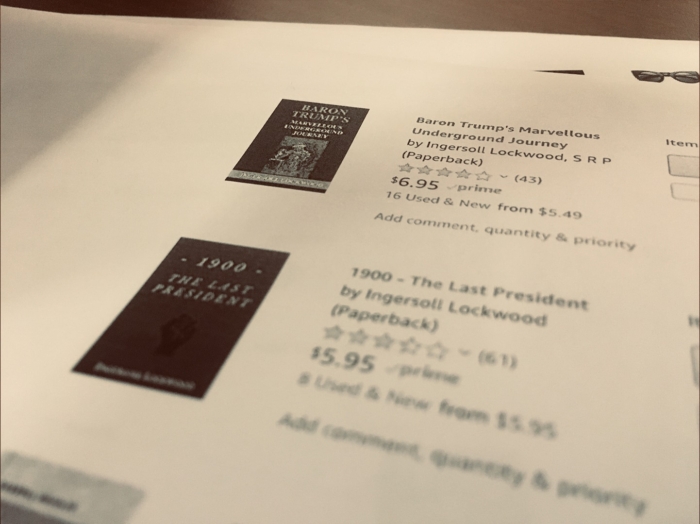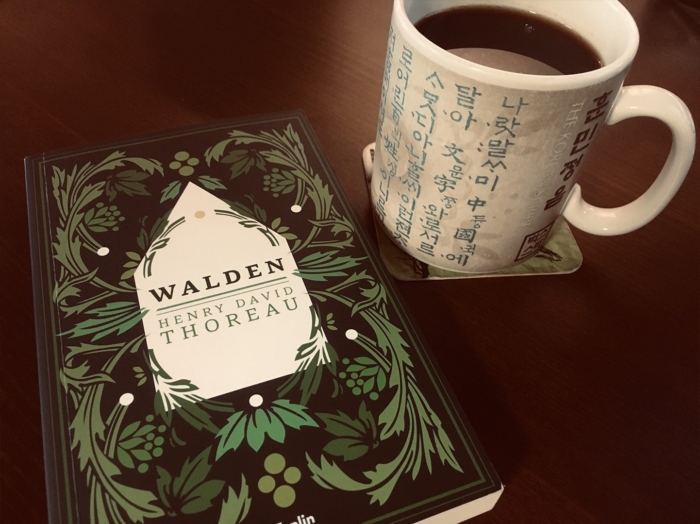We are so picky about what we put into our bellies. Shouldn’t we be at least as picky about what we put into our minds?
A well-curated reading list is the quickest way to not just reading more books, but reading better books that have the power to change your life. Literature, in general, has been proven to be a powerful form of therapy, and when chosen wisely, the books we read can inspire, empower, and guide us through our personal life and business.
Ready to dive headfirst into your reading challenge?
Here’s how to make sure your choices pack a punch.
Step 1: Define a time frame
It’s easy to overcommit when it comes to reading — simply because we tend to focus on what we want to achieve rather than what is feasible. The best way to set yourself up for success is to begin by determining how much time you can actually devote to reading — per day, week, month, or whatever works for you. Only then should you decide how many books will make it onto your list.
Think about reading as any other hobby you might be pursuing — yoga, hiking, football, or language classes. All of these activities require scheduling in advance, booking time off, and showing up every single time. If you’re serious about crossing every book off your reading list, then you need to realistically assess your availability and start planning from there. This means that once you’ve estimated the number of reading hours you can set aside, you’ll be able to craft a reading list for the next month, the summer, or the entire year.
Defining a time frame for your reading list will help you set achievable goals and avoid disappointments. I’ve defined my reading time by taking 45 minutes during lunch (to reset my mind) and 30 minutes before I go to sleep. Defining my time frame ensures that I get reading in every single day – even if my day is hectic.
Step 2: Determine your goals
Whether you’re reading for pleasure, for work, or for self-improvement, attaching a goal to your reading list will give it a clearer direction. It doesn’t have to be a high-level strategy — even a seemingly broad goal, such as “read five books written by women,” will give you a better chance of staying on course.
You might choose to educate yourself on the latest climate change research, try a new genre, or pick up the first book that grabs your eye at a local bookshop. That’s fine; combining a few different goals will help you keep the reading journey more exciting.
More important, working through a reading list that’s built with a purpose will give you an immense sense of achievement every time you reach the last page.
Step 3: Create categories that matter to you
Similar to setting goals, the idea of creating categories is another neat way to give your reading list a bit more structure. Reading without a plan can actually limit our potential to discover new ideas and learn new things, as we tend to stick to genres and authors we already know well, rather than challenging ourselves to try something else.
As humans, we are hardwired to avoid risk.
The easiest way to come up with ideas for book categories is to note a few things that really excite or intrigue you as well as things and values that are dear to your heart. Still vague? Here are a few popular ideas to put you on the right track:
- Books that I was supposed to read in school but never did
- Something new and acclaimed (modern bestsellers and award-winning titles)
- Books that will make me better at my job
- Books that will help me be happy
- Something that I would never read otherwise
- Something that was recommended to me
- One of the classics
Try to tie your goals to your categories to optimize your reading list without making it too dry and boring.
Step 4: Give yourself some wiggle room
Have your plans ever fallen through for reasons that were completely out of your control? It’s worth keeping in mind that a reading list is just a plan, not a binding contract. If life changes in a flash, you’ll need to adapt on the fly.
Whether you write your list in the order of reading priority or leave a few empty slots on it for books that will wind up on your nightstand, you can find a way to craft a future-proof list that plans for the unexpected.
It’s much more satisfying to start less ambitious and surprise yourself on the way than it is to overcommit and waste the joy of reading in the process.
3 curious methods for choosing the next book to read
It’s a great feeling to finish a book that really resonated with you, but a lull and sense of loss often
The double-booking method. Based on the concept of double-booking dates, double-booking reading refers to the common practice of reading more than one book at a time. It could be that you’re reading an ebook on your Kindle, listening to an audiobook on Audible, and devouring a paperback before going to bed. That’s fine! Diving into a few books at the same time increases the odds that you will find the right match.
The Goldilocks principle. Remember the story about Goldilocks and the three bears? A curious little girl stumbles into a cottage in the forest, goes inside, and makes herself at home — tasting porridge from different bowls, sitting in all the chairs, and trying out all the beds. She’s looking for something that’s right for her.
In the book world, applying the Goldilocks principle means you can have a book tasting session. Gather a bunch of books you want to read, decide on the “tasting sample” — whether you’ll read the blurb, the first page, or a random page from the book — and give them each a chance to impress and compel you.
The summer fling method. Appealing to your wild side, this method is a call to let yourself go and enjoy the kind of spontaneity and excitement that’s best described as a summer fling. Have you ever felt an occasional desire to pick up a romance novel or a fantasy book? The summer fling method allows you to indulge yourself in the kind of books you never usually read. Who knows? Maybe it will give you a completely new perspective on your life.

















Send Comment: